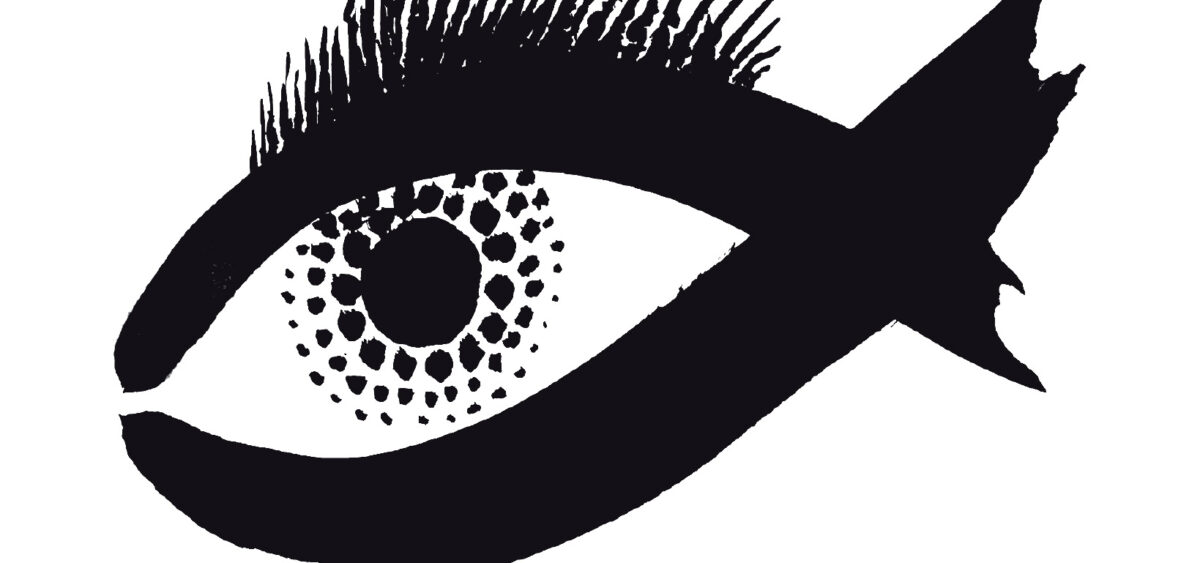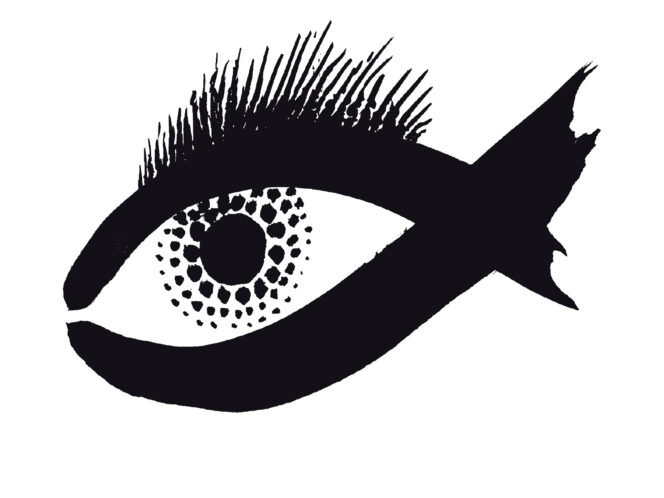
What happens when we combine science and art? Art acquires a new dimension, while numbers reveal their charm. The art and science movement is gaining popularity.
When Stefanie moves her body, data clack. On her neck there is a thick line, on the line are patches of information. Some are green, with soft, rounded shapes; others are darker, navy blue, with the sides serrated like the edges of an oak leaf. Finally, there are single patches that stick out and resemble strange bookmarks hanging from between the pages of a book: acid orange, neon bright, bristling with the spikes of a sharp zigzag. Each slice of data is the sum of a week’s measurements of fine particle air pollution, turned into the brightness and saw-edgedness of each of the shapes. The green and thornless ones represent the parts of the year with the lowest particle pollution. The ones that are thorny and tinged with fierce orange are the scraps of the year with the highest pollution level, when fine particle pollution exceeded norms, becoming a real life and health hazard for humans and other living organisms.
Gathered together and threaded onto a black cord, the patches form a baroque necklace. Stefanie explains that it is an attempt at ‘sensualizing’ data. Introducing them in a sensory dimension, engaging senses other than sight, used by default to take in data. In the case of the data in question, the approach seems to make even more sense – the data indirectly pertain to health, to the concentration of the toxic suspensions we inhale with air. The necklace also demonstrates a gradation of pain. Periods of relatively clean air rest on the skin gently, the rounded edges are not a bother. However, periods of extreme levels of particle air pollution dig into the skin painfully, bother, annoy with their aggression and spikiness.
In other words, on her neck Stefan






